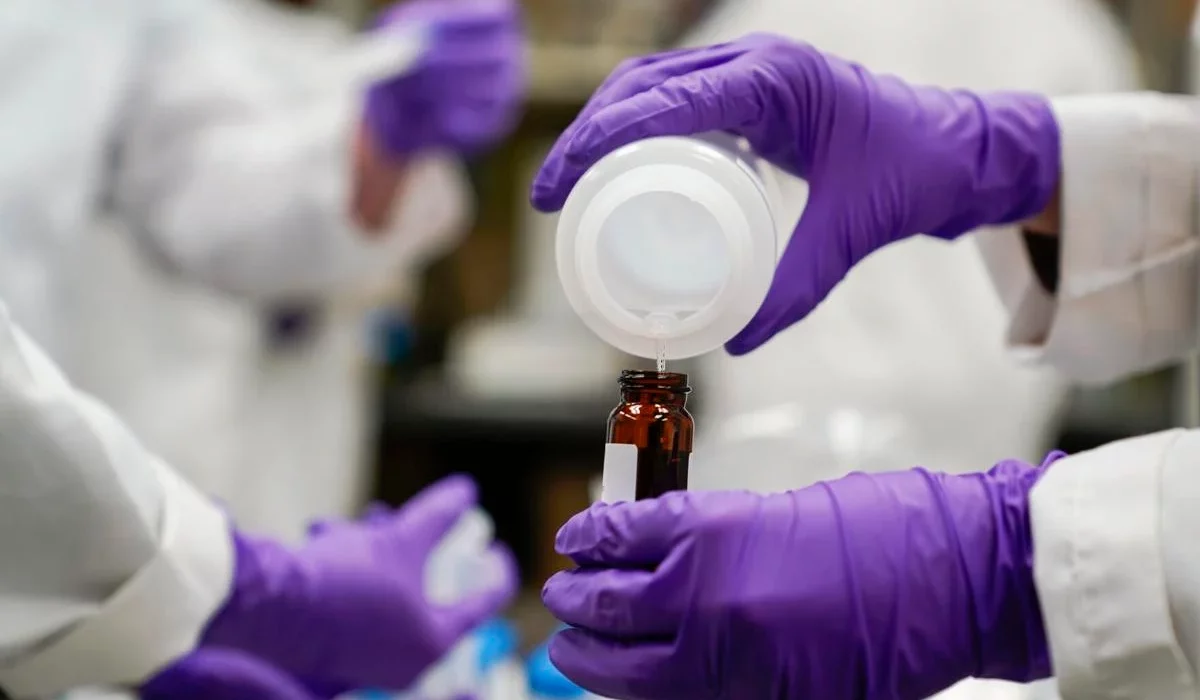On April 10, the Environmental Protection Agency (EPA) made a groundbreaking announcement by setting the first-ever limits on per-and polyfluoroalkyl substances (PFAS), commonly known as “forever chemicals,” in drinking water. This decision is a significant step towards safeguarding public health, targeting six PFAS known to accumulate in the body and lead to various health issues, including cancer, hypertension, preterm birth, and liver and immune system disorders.
The EPA’s move comes after growing concerns and mounting scientific evidence highlighting the adverse health effects of PFAS exposure. These chemicals are persistent in the environment and have been found in numerous consumer products, from non-stick cookware to waterproof clothing. As a result, PFAS contamination has become a widespread issue, affecting communities across the United States.
By establishing these new limits, the EPA aims to protect approximately 100 million Americans from the harmful effects of these chemicals in their drinking water. This regulatory action sets a precedent for addressing PFAS contamination and underscores the agency’s commitment to ensuring clean and safe drinking water for all citizens.
Protecting Millions from Health Risks
The new rule is projected to shield approximately 100 million Americans from the harmful effects of these chemicals. Susan M. Pinney, director of the Center for Environmental Genetics at the University of Cincinnati, commends the decision, affirming its alignment with existing knowledge on PFAS’s health impacts. Pinney’s support underscores the urgency and significance of addressing PFAS contamination in drinking water. With increasing awareness of the health risks associated with PFAS exposure, the EPA’s action is seen as a critical measure to mitigate these dangers.
The targeted PFAS chemicals are notorious for their persistence in the environment and their ability to accumulate in the human body over time. This accumulation has been linked to a range of health issues, from cancer and hypertension to reproductive and immune system disorders. By establishing these limits, the EPA not only aims to reduce immediate health risks but also to prevent long-term health complications for millions of Americans. The decision reflects a proactive approach to public health, prioritizing prevention and protection against the adverse effects of PFAS exposure.
Challenges Ahead: Cost and Infrastructure
Despite the health benefits, experts anticipate significant challenges in implementing the new limits. The primary concern is the substantial cost associated with upgrading water treatment facilities. Estimates range between $1.5 billion to $4 billion for infrastructure improvements to comply with the EPA’s new standards.
Timeline for Compliance
Under the EPA’s new rule, all U.S. public water systems must test their water for the targeted PFAS within three years and reduce levels to the national standard of 4 parts per trillion within five years. This timeline places a considerable burden on water utilities to expedite changes and ensure compliance.
Infrastructure Upgrades: Methods and Costs
To effectively remove PFAS from water, facilities may need to adopt filtration systems such as granular activated carbon, ion exchange, or reverse osmosis. While these methods are proven effective, they are also expensive. Chris Moody from the American Water Works Association (AWWA) emphasizes the potential cost discrepancies based on the size of the water treatment facility. Smaller systems, lacking economies of scale, could face significantly higher costs per household compared to larger utilities.
Funding and Consumer Impact
While the EPA has allocated $1 billion in federal funding through the Bipartisan Infrastructure Law, securing additional funding at the state level remains crucial. Despite these efforts, consumers are likely to bear a significant portion of the costs. Moody estimates potential annual expenses ranging from hundreds to thousands of dollars per customer, depending on the utility size.
The Value of Stricter Limits
Despite the challenges and costs, many experts emphasize the importance of the new PFAS limits. Scott Belcher, director of the Center for Environmental and Health Effects of PFAS at North Carolina State University, underscores the long-term health risks associated with PFAS exposure, even at low concentrations. PFAS’s pervasive presence in various consumer products makes water a priority in addressing this “long-term pollution crisis.”
Conclusion
The EPA’s decision to limit PFAS in drinking water is undeniably a landmark move towards safeguarding public health. Yet, it also brings forth considerable challenges for water utilities and consumers alike. Striking a balance between ensuring health protection and managing the financial implications of necessary infrastructure upgrades is a complex endeavor. Despite these hurdles, experts widely agree on the importance of this action. The long-term health benefits of reducing PFAS exposure significantly outweigh the associated costs. Taking proactive steps to address this pervasive environmental and health threat is not just advisable—it’s imperative for the well-being of millions of Americans and the integrity of our water systems.

